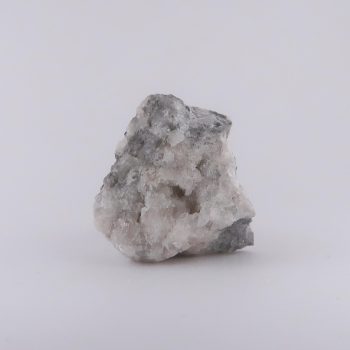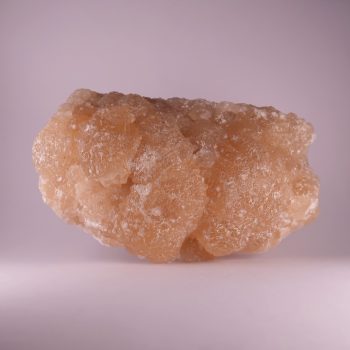Witherite
Witherite is a barium carbonate mineral known for its translucent to opaque appearance with a glassy to waxy luster.
Despite the name, it has nothing to do with Minecraft!
Showing all 2 results
-

Witherite from Pen-y-Clun mine, Wales
Price range: £1.00 through £2.00 -

Witherite from Settlingstones Mine, Northumberland
£20.00
Information about Witherite
Witherite is a barium carbonate mineral known for its translucent to opaque appearance with a glassy to waxy luster.
Under UV light, witherite often exhibits strong fluorescence, glowing white, blue, or green depending on the wavelength.
Uses and History
Witherite is primarily used as a source of barium for industrial applications.
It’s essential in the production of ceramics, glass, and pigments, as well as in barium-based chemicals used for drilling fluids in the oil and gas industry.
Historically, it was used in medicinal applications, but due to its toxicity, such uses are now obsolete. In mineral collections, it’s prized for its unique crystal habits and fluorescence.
Named after the English mineralogist William Withering, who first identified it as a distinct mineral. Witherite was often confused with barite due to their similar appearances until its unique properties were distinguished.
Major deposits are found in England (notably Cumbria), Germany, USA, and China. The Settlingstones Mine in England was historically one of the most important sources.
Mineralogy
Colourless, white, grey, yellow, pale yellow, brown, green.
Hazards and Warnings
Toxic mineral: contains barium – relatively safe to handle but dust should be avoided.
Mineral collectors should wash their hands after handling specimens, to avoid any exposure to potential toxins.
Almost all rocks, minerals (and, frankly, almost all other substances on earth) can produce toxic dust when cutting, which can cause serious respiratory conditions including silicosis.
When cutting or polishing rocks, minerals, shells, etc, all work should be done wet to minimise the dust, and a suitable respirator or extraction system should be used.
Translations
Arabic:
Hindi:
Portuguese:
Bengali:
Indonesian:
Punjabi:
English:
- Witherite
Italian:
Russian:
- Витерит
French:
Japanese:
- 毒重石
Spanish:
German:
Korean:
Thai:
Gujurati:
Mandarin Chinese:
- 碳酸钡矿
Urdu:
